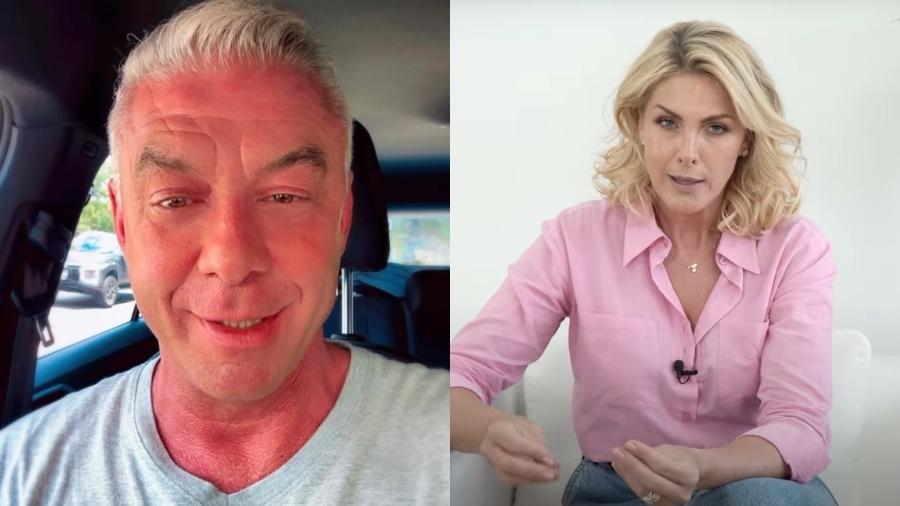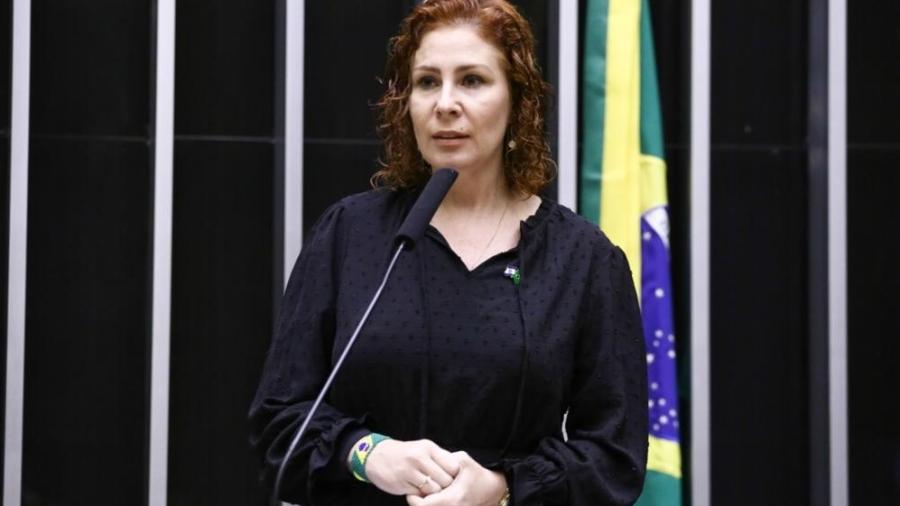Moraes quer apurar se partidos pagaram empresas suspeitas de fake news

O ministro Alexandre de Moraes, do STF (Supremo Tribunal Federal), relator do inquérito das fake news, pediu que o TSE (Tribunal Superior Eleitoral) compartilhe informações sobre a existência de pagamentos declarados por candidatos ou por partidos políticos, nas eleições de 2018 e 2020, a seis empresas de tecnologia, suspeitas de impulsionar nas redes sociais e divulgar notícias falsas.
O pedido, em despacho assinado ontem (29), foi feito no inquérito 4781 que investiga a propagação de notícias falsas e ofensas contra ministros da Corte, com procedimentos, em tese, semelhantes aos apurados pelo TSE nas Aijes (Ações de Investigação Judicial Eleitoral).
Moraes apontou que diversas empresas foram oficiadas no inquérito para prestar informações a respeito de sua atuação no pleito de 2018, porém a simples resposta de ofícios não foi suficiente para atestar a suposta ilegalidade.
Ele também solicitou ao corregedor geral eleitoral, ministro Luis Felipe Salomão, relator das Aijes, o compartilhamento integral das ações que apuram se a campanha eleitoral de 2018 do presidente Jair Bolsonaro (sem partido) foi beneficiada com os disparos em massa de notícias falsas pagos por seus apoiadores.
Além do pedido ao TSE, o ministro também solicitou que o TCU (Tribunal de Contas da União) aponte se as mesmas seis empresas receberam pagamentos de órgãos públicos. A decisão ainda determina a oitiva de sete funcionários das empresas no prazo de quinze dias.
















ID: {{comments.info.id}}
URL: {{comments.info.url}}
Ocorreu um erro ao carregar os comentários.
Por favor, tente novamente mais tarde.
{{comments.total}} Comentário
{{comments.total}} Comentários
Seja o primeiro a comentar
Essa discussão está encerrada
Não é possivel enviar novos comentários.
Essa área é exclusiva para você, , ler e comentar.
Só s do UOL podem comentar
Ainda não é ? Assine já.
Se você já é do UOL, faça seu .
O autor da mensagem, e não o UOL, é o responsável pelo comentário. Reserve um tempo para ler as Regras de Uso para comentários.